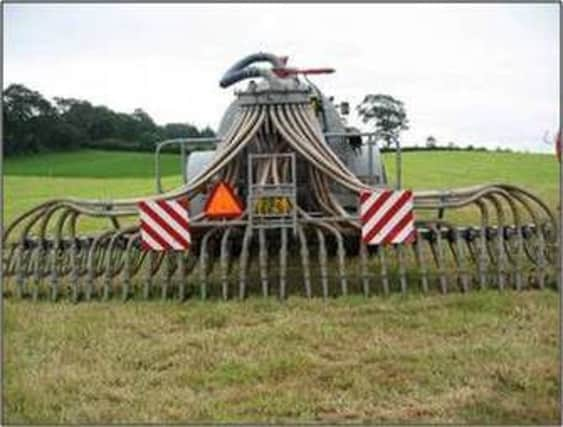CAFRE Management Notes: Beef and sheep


Organic manures, including slurry, poultry litter, digestate, sewage sludge, anaerobic digestate and abattoir waste, must not be applied to any land from midnight 15th October to midnight 31st January. Farmyard manure must not be applied to any land from midnight 31st October to midnight 31st January. Keep a record of exports of organic manures as these must now be submitted annually to NIEA by 31st January for the previous calendar year.
BEEF
Housing
The change of diet, social group and overall environment associated with housing can trigger problems affecting the performance of your cattle. To minimise this risk consider the following:
Advertisement
Hide AdAdvertisement
Hide Ad* Carry out shed alterations well in advance to minimise moisture, lower air speed (draughts) and provide fresh air. As a rule of thumb calves and adult cattle require 0.04 square metres and 0.1 square metres per individual of outlet respectively and at least double, if not four times, this amount as an inlet.
* Provide clean housing if possible, ideally power hosed and disinfected. Using lime can also be advantageous if there was a previous disease problem.
* As discussed last month, if possible have spring born calves weaned and eating creep before housing.
* Clipping a strip down the back of animals to help prevent over-heating and therefore condensation in sheds. It can also reduce problems with lice.
Advertisement
Hide AdAdvertisement
Hide Ad* Although difficult in this country try to house stock on a dry day and in batches. Housing cattle of different ages and stages on a wet day creates an ideal environment for disease transmission.
* Cattle will not pick up any new liver fluke or worms once housed and therefore this is an ideal time to treat for these parasites. The length of time between housing and treatment depends entirely on the product used.
* Ensure lungworm is not an issue at housing as damaged lungs will be more susceptible to pneumonia.
* If vaccinating calves consult your vet on the correct treatment and products to use to give the best cover for your farm.
SHEEP
Ewe lamb breeding
Advertisement
Hide AdAdvertisement
Hide AdIf breeding ewe lambs, make sure those selected are above 60% of their expected mature weight. Lambs below this target at service will be under more pressure later in the year to meet requirements for the growing foetus/es and their own maintenance and growth. Mature weights differ depending on breed, but mid-way between the ewe and rams mature weight is a good estimate.
Teasers
The use of teasers to tighten the mating period is becoming more common. This is known as ‘the ram effect’ and triggers ovulation in non-cycling ewes. For it to be successful a number of steps must be followed. It is important the ewes do not see or smell either entire or vasectomised rams for at least six weeks before introduction. Introduce teasers 17 days before mating with 24-48 hours exposure sufficient to stimulate ovulation, but generally teasers remain with a group longer. They should then be removed no later than day 14. After removal entire rams can be introduced. Peak activity is between days 18 and 23 after rams are initially introduced. If teasers are not available the same process using entire rams kept apart from ewes with a stock-proof fence but within sight and smell should have a similar effect. Good teasers are:
* Vasectomised at least eight weeks before required.
* Young and fit and can cover a group of between 100-150 ewes.
* Crossbred rams as they have hybrid vigour and are often more active than purebred rams.